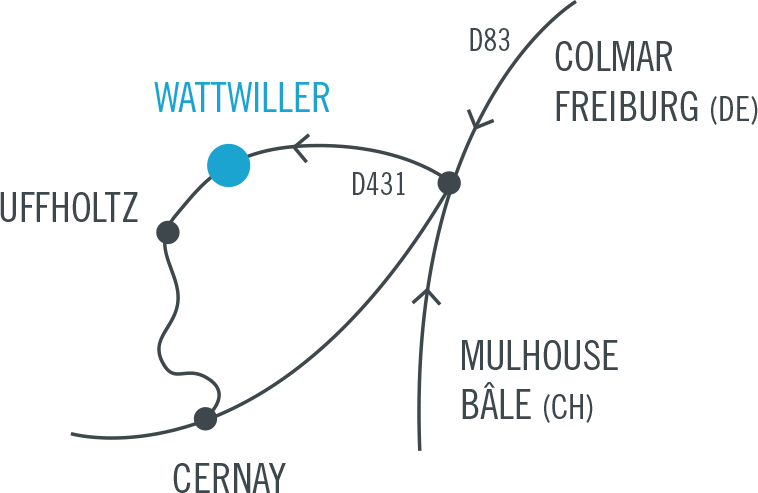Anahita, The Eros of Community is a series of videos, composed of sequences shot along the Zayanderud, the largest river of Iran’s central plateau, which is in the process of drying up, and along the Siosepol bridge that stands over it like a meeting point between the water and the community.
Anahita is the ancient Persian name of the water goddess associated with fertility and wisdom.
Asieh Dehghani creates works in which the issue of identity and its relationship to the community is always a central subject. In her most recent project, Anahita, The Eros of Community, she explores the ways in which her country’s geopolitics, religion and culture have always shaped Iranian identity.
Water is a spiritual and material bedrock of the Iranian community, and the shortage of water has always united the inhabitants of the dry countries of the Middle East, like Iran: it was in a context of necessity that their populations developed systems of cooperation and therefore community.
The artist adopts a double analysis in her work, examining the Persian cultural heritage of her background, with a pronounced interest in miniatures and calligraphy, for example, but also her own experience from her years spent in the Netherlands, and particularly the issue of itinerance, and the repositioning of identity. So she creates a sort of distancing effect, with series in which she deconstructs traditional geometric motifs from Islamic art (Deconstruction of Islamic Geometric Patterns, 2014).
In Anahita, The Eros of Community, we feel the importance of mosaic through the fairly original way in which she composes her video collages. The artist travelled through Iran in the spring of 2015, collecting videos, photographs and interviews as well as life histories, which she used to recreate little scenes midway between documentary and fiction. Her collages use an innovative visual structure, with geometric forms derived from Persian iconography and architecture.
In her revisited poems, written in the 13th or 14th century, Asieh Dehghani plays once again with motifs that reconstruct organic forms close to plant structures.
